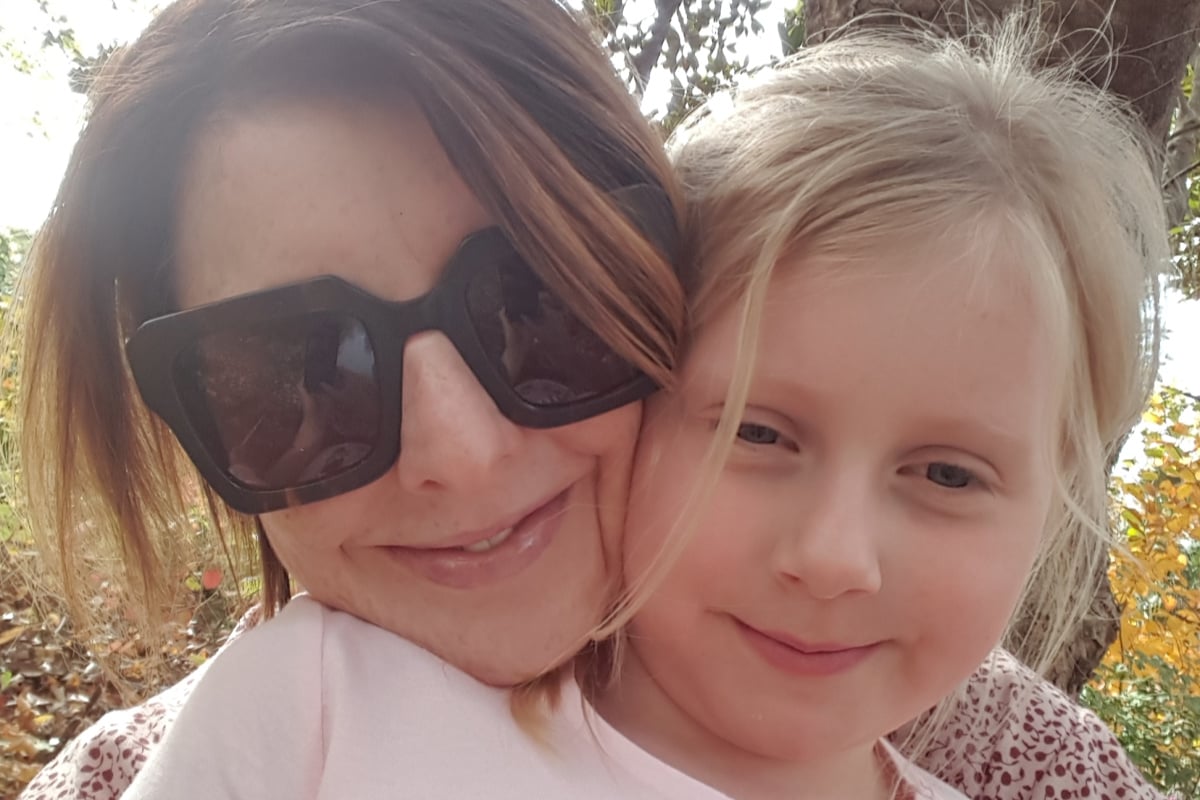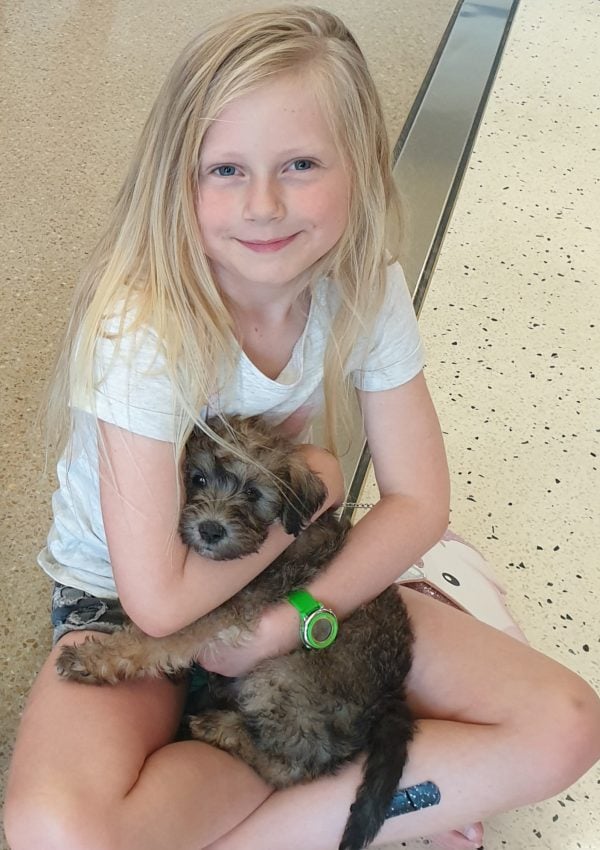
Calling it a “crap situation” would be an understatement.
Seriously, all the puns and metaphors have been used as a way of coping with the infuriating human issue of pooing – or not pooing in our case. If you didn’t know before now, all living things have to poo. And when you are not able to poo, the results are pretty uncomfortable and impact your overall wellbeing and energy levels.
We can all understand that. But when my daughter began soiling and having serious constipation issues from before the age of two, the situation actually felt shameful. I recall having to hold the legs of my little girl as a baby and push her knees into her tummy to assist her to pass a poo – something we mostly take for granted.
The numerous doctor’s visits, the ridiculous amounts of lactulose expected to get my daughter to happily ingest and the subtle, insulting questioning regarding the adequacy of her diet and water intake made me want to have a tantrum.
Watch the trailer for our two podcasts, This Glorious Mess Big Kids and Little Kids, for humans that have babies and have questions. Post continues below.
While my daughter was in nappies, we worked hard to allow her the time and the relaxed message of ‘pooing is a good thing’, in the hope that it would resolve. She broke her leg at two, which didn’t help toilet training, but it didn’t cause the constipation either.





























































































